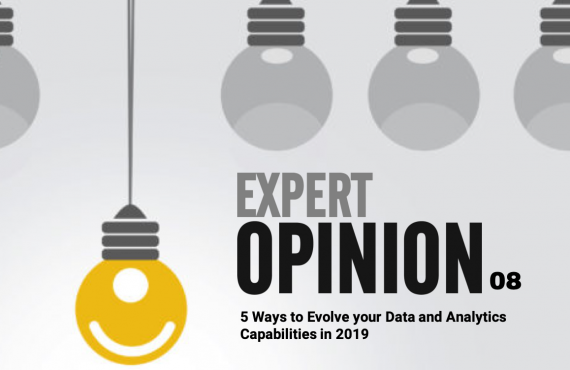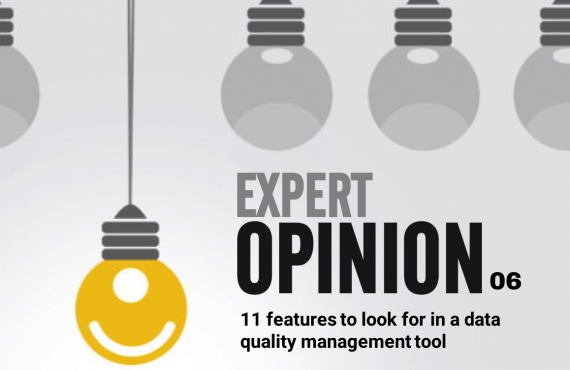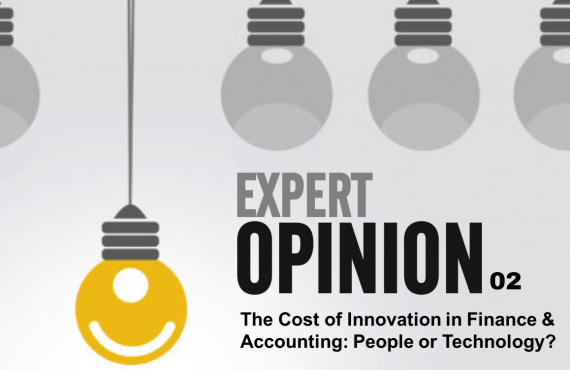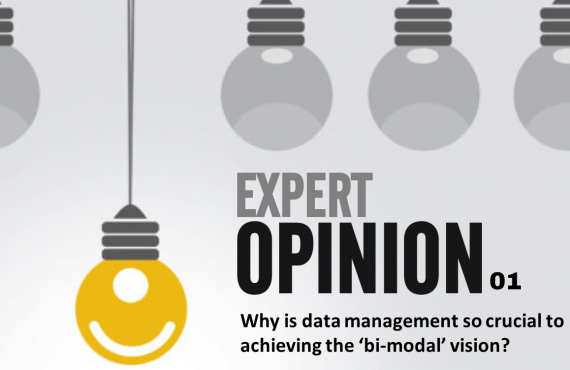Data quality is essential to leveraging more value from your business’ data assets. Data analysts, managers and board members alike, must know and understand the quality of the data they are using to make decisions and to set direction for their organisations if they are to make the best strategic decisions.
Today, data is created and collected by every type of device used in businesses and homes. Data analytics has become a common term. Expectations for quality data continue to grow at an increasing rate. However, implementing a data quality strategy is not as simple as installing a tool or a one-time fix. Organisations across the enterprise need to work together to identify, assess, remediate, and monitor data with the goal of continual data improvements.
Taken from the report ‘Ten mistakes to avoid when implementing a data quality strategy,’ commissioned by TDWI (Transforming Data With Intelligence), we’ve summarised the most common mistakes which threaten your data strategy if you fail to acknowledge and address them effectively:
1: Assuming your enterprise data is clean and accurate
No matter how many safeguards are built into your enterprise applications, data can still be entered and managed inaccurately. The business will continue to change and grow. Data entry teams will be given new responsibilities. As part of the data quality strategy, applications will be enhanced, business processes will be adjusted, and training must be provided to ensure data is entered and managed accurately.
2: Assuming your enterprise data has only one business definition
If differences in the definition and use of data continue, it can allow poor quality data to be entered, managed and reported. The data quality strategy must include the business community, data governance, and subject matter experts working together to determine consistent and agreed-upon definitions to improve the quality of data.
3: Skipping the assessment phase
The best approach is to start with completing an assessment of your organisation’s applications and data. Business people, subject matter experts and data governance teams work together to first identify and rank the critical business domains, along with data elements deemed critical to each domain. The critical data elements of each business domain are profiled and analysed to determine their quality. Metrics are developed to provide a high-level view of the data quality for each business domain and associated critical data elements.
4: Not profiling and interrogating data values
Profiling and evaluating data is a first step for the business and data governance teams to better understand what their data actually looks like, how it compares to other data values, and how to determine the quality of data.
6: Not including templates and standard processes as part of the data quality strategy
Standard data quality reports and metrics also need to be developed and shared with the business and data governance teams. This will help them understand the need for a data quality strategy and why the data quality tasks are required. Many times, the business community has been sheltered from poor-quality data through improved user interfaces. Showing them examples of actual enterprise data will educate them about what they will look for when evaluating and analysing data.
7: Not following the data quality road map
The data quality road map is developed with input from support team members, database developers, the business community, and the data governance team to ensure a solid sequence of projects is defined. The road map brings together sets of domains that make business and technical sense. Consideration is given to the size, technology, stability of the applications, and availability of the right team members to be part of the data quality projects.
8. Building the data quality strategy in one large project
For the initial data strategy project, start with a business domain that has a high chance of success, involves fewer organisational groups, and can be completed in a short amount of time. This project should have a clear set of success criteria that is regularly evaluated and monitored. Smaller projects afford you the opportunity to test ideas in a smaller environment to ensure they perform as expected.
9: Viewing technology as the entire solution
Though it’s true that technology continues to move forward and software vendors provide better and faster tools with each new release, data quality management is a three-legged stool with data governance, business processes, and technology each providing a leg.
10: Not continually monitoring and evaluating data
A data quality strategy is not a one-time data clean-up event, it requires metrics to provide insight concerning the value and usability of data assets over time. Developing these metrics is mainly the task of the business and data governance teams. They will develop data quality metrics to show data quality, data quality scoring methods, and measurement processes, both currently and over time. The goal is that monitoring and reporting these metrics will show improved data as the data quality enhancements are implemented.
Author: Patty Haines
Original Source: TDWI (Transforming Data With Intelligence)













